Recycling in Japan: The Basics of Sorting your Trash
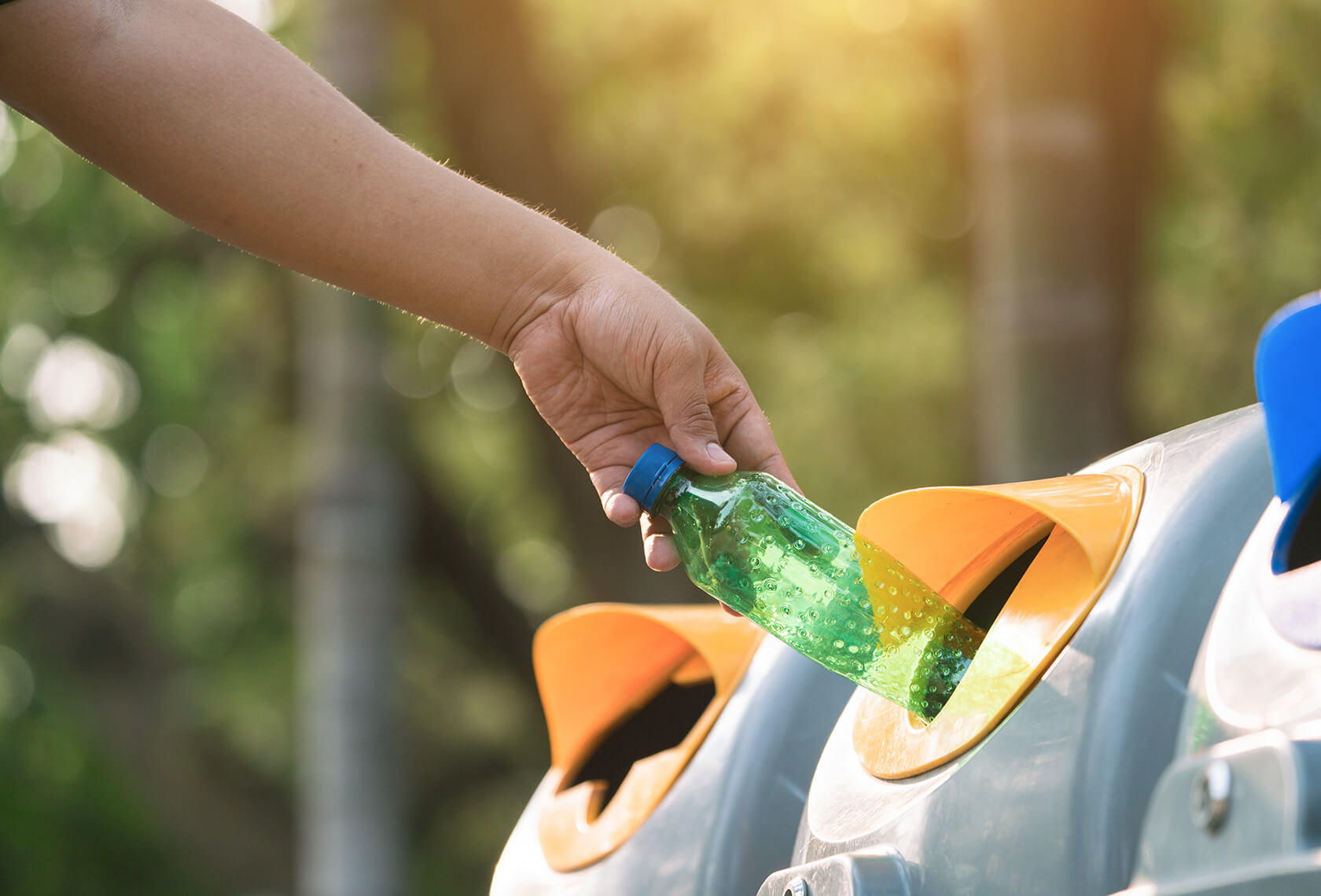
You might have read about the elaborate waste sorting systems in Japan before, and they’re all true. The country has devised systems that sort envelopes from regular paper documents and even separate juice boxes from large cardboard boxes. We say “systems” in plural because the rules for sorting your trash varies from one place to another.
The Japanese culture of sorting trash might surprise anyone who may be more accustomed to a biodegradable and non-biodegradable system. Japan takes this further by separating trash according to its burnable and recyclable qualities. For anyone who may have found it hard to keep up with just only 2 waste categories, they’ll be in for a treat with the recycling system of Japan.
If you’re about to live in Japan as a foreigner, keep reading to alleviate any doubts you may have about sorting your trash!
Table of contents
Recycling in Japan: The Basics of Sorting your Trash

When you start living in Japan, it’s reasonable to find the sorting system confusing. With the different collection days for specific types of trash, to all the rules that vary between cities and towns, Japan’s culture of recycling will take some getting used to.
Depending on your neighborhood, you will have to adjust to the garbage collection schedule they have in place. Some types of garbage are collected more frequently than others. It would be wise to keep the collection dates in mind to avoid any waste buildup where you live.
We have a handy guide to the different waste categories in Japan. Keep in mind, though, your neighborhood might have slightly different rules when it comes to sorting waste. Some cities might group together similar types of trash, while another area separates them.
In any case, here are some basic rules to remember when sorting your trash.
Combustibles

Combustible or burnable trash is the simplest form of waste to dispose of. This is also the most common type of garbage Japan produces. Combustibles include waste paper, cardboard boxes, old clothes, and food waste. You would do well to keep anything that catches a flame in the same bag.
Waste management services also collect combustible trash most frequently. Depending on the town you’re in, garbage collectors usually have 2 collection days in the same week. This way, you can quickly declutter your closet, and rest assured that your place will be free of any spoiled food odors.
Non-Combustibles

Non-combustible trash can be a bit tricky. This is pretty much the fireproof kind of waste like metals, glassware, and plastics. However, certain types of metals and plastics should be separated from more common non-combustibles. These include lighters that could potentially cause vehicle fires.
Electrical appliances, pots, pans, and metal utensils are also considered non-combustible trash, but some places set size limits to these items. In Hiroshima City, home appliances and cooking pots that exceed 30cm in diameter are regarded as large garbage. Meanwhile, there are cases in Niihama City, where garbage collectors only process metals under 2mm. These particular types of trash must be sorted accordingly.
Recyclables
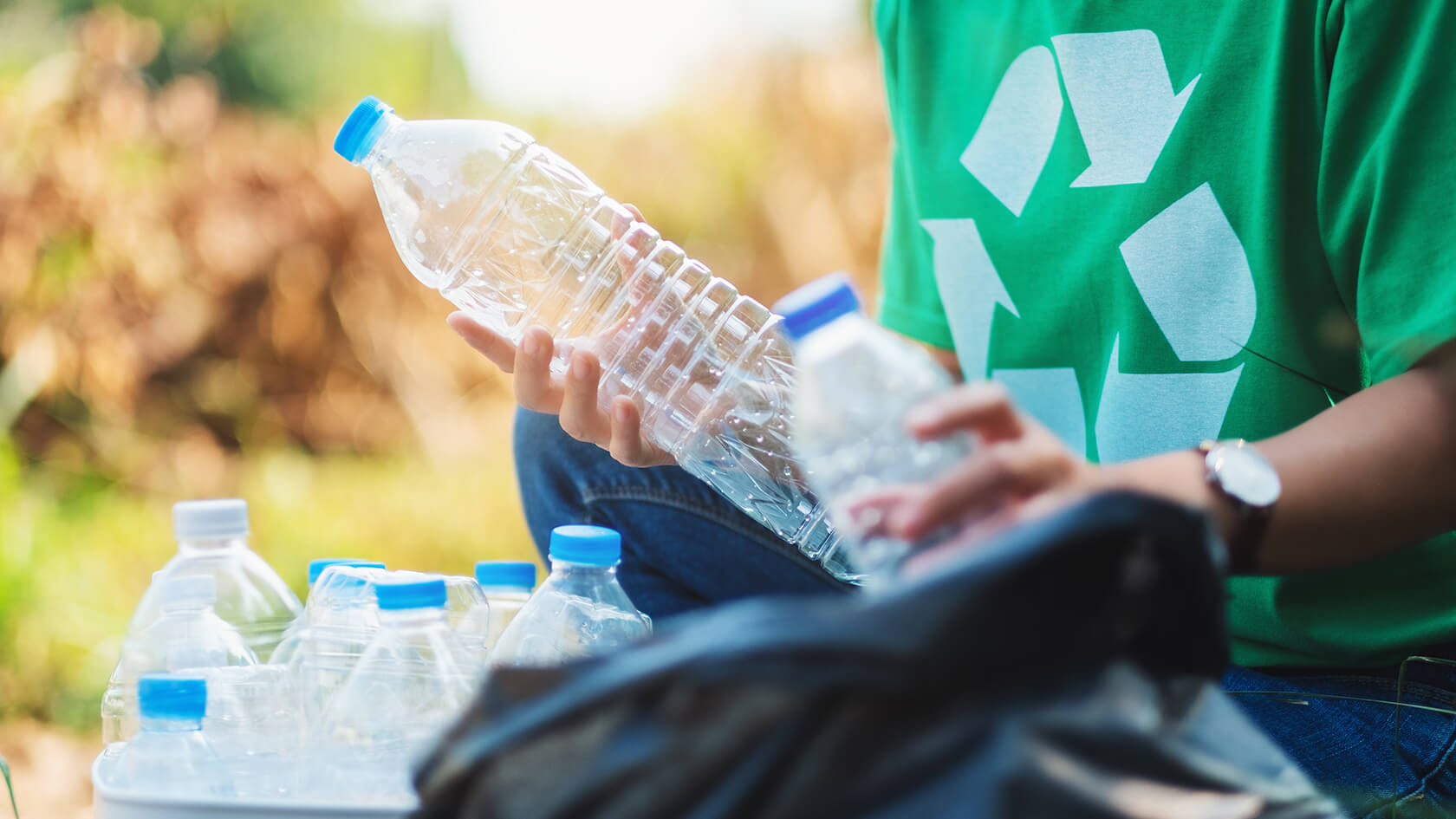
Waste collection services are much more strict with recyclables. That might be intimidating, but it’s all about gathering and disposing of these correctly. Recyclables may also have different collection points to avoid contamination from chemicals of other wastes. They might even have separate collection service providers altogether.
Recyclables are usually grouped by polyethylene terephthalate (PET) bottles, glass bottles, metal cans, paper, cardboard, and other printed materials. Now, you might argue that paper and cardboard are combustibles, which they are. But you will have to make some adjustments if the collector in your neighborhood considers these as recyclables.
All Other Waste

Miscellaneous waste includes large appliances, broken bicycles, and old furniture. Your neighborhood service might charge extra for collecting this kind of trash. You may even have to call them in advance to schedule its proper collection.
This “other” type of waste might be hard to categorize. To clear up any confusion, if it doesn’t fit in your trash bag, it’s probably miscellaneous. However, old batteries and empty pressurized cans like hairspray are also in the same category. These items fit in your trash bag but contain toxic chemicals that need proper treatment and disposal. To be on the safe side, refer to your local guidelines for sorting trash.
Conclusion
The intricacy of Japan’s trash-sorting system might catch any first-time resident off guard. But you have nothing to worry about when many online resources detailing the proper waste-handling instructions are at hand.
A quick web search will give you the rules for sorting trash and the collection schedule in your area. Some cities have comprehensive guides to garbage categories, complete with examples and disposal instructions, listed on their official websites.
Can’t go online? Get advice from your neighbors! Their first-hand experience with sorting trash in their area will definitely help you with your own. They could guide you in the beginning, and then you would get used to the local system in no time!
Adapting to the recycling system in your area will save your neighbors and yourself the inconvenience of uncollected waste. When you learn how to sort your trash properly, you can help maintain your neighborhood’s cleanliness!
Motto Japan, the community platform to support foreigners with the foundation for life in Japan, including Japanese study, job opportunities, and housing service. Motto Japan Media will provide a wide variety of information for Japanese fans all over the world, to create a cross-cultural environment and enrich the life of foreign residents in Japan!


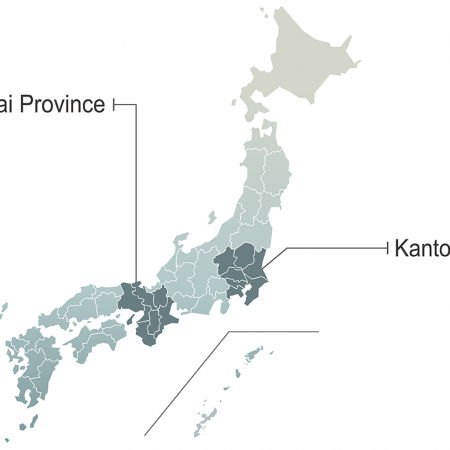
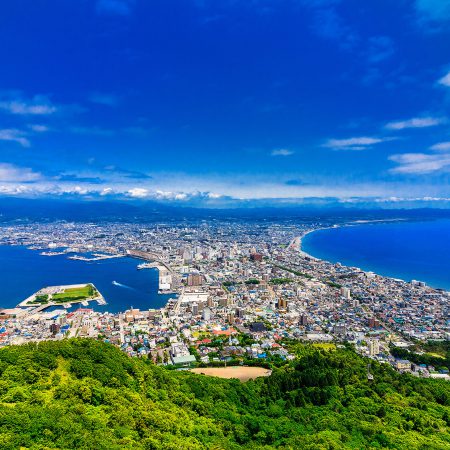

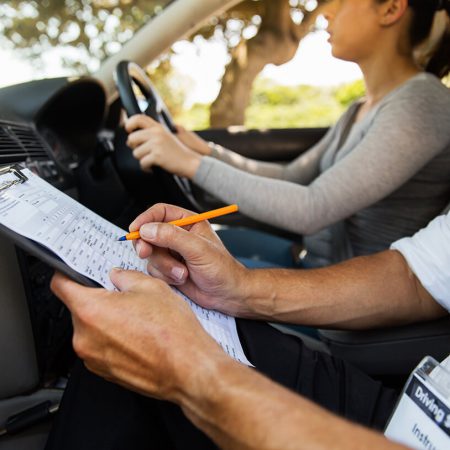







Leave a Reply